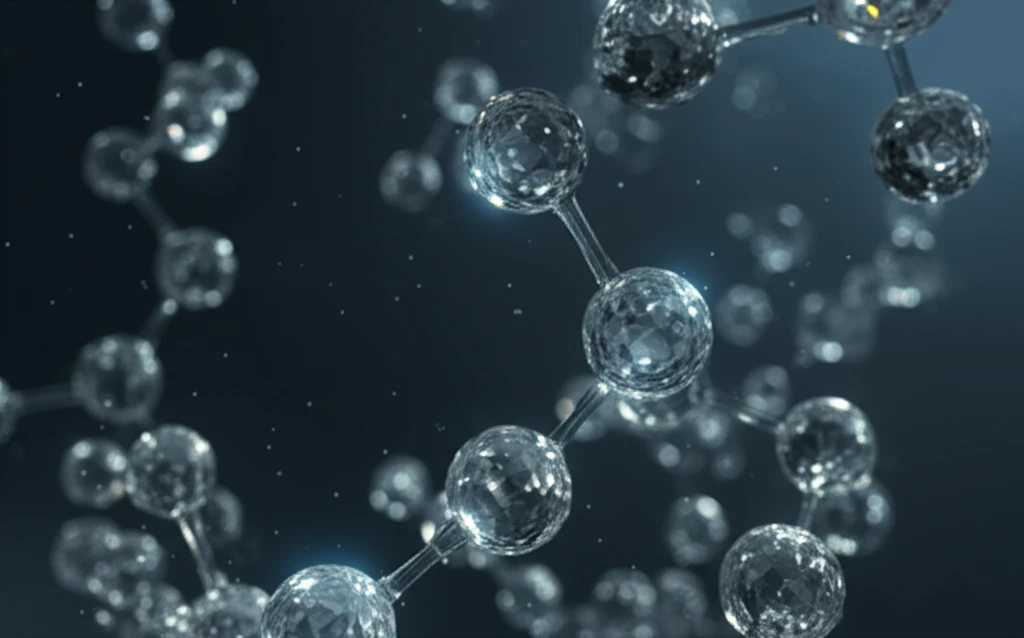
The Art of Molecular Harmony: How Scientists are Building Better Crystals
"Unlocking the Secrets of Supramolecular Salts for Advanced Materials"
In the intricate world of chemistry, the arrangement of molecules can dictate the properties of a material. Scientists are increasingly focused on creating organized molecular structures, particularly crystals, to enhance material performance. A recent study delves into the formation of supramolecular salts, which are essentially crystals held together by hydrogen bonds.
Hydrogen bonds, though weaker than covalent bonds, play a crucial role in determining the shape and stability of these molecular architectures. By carefully selecting and combining different organic acids and bases, researchers can fine-tune these interactions to create crystals with desired characteristics. This field, known as crystal engineering, has implications for pharmaceuticals, materials science, and more.
This article explores the findings of a detailed study on five novel supramolecular salts, shedding light on the fundamental principles governing their formation and stability. We will uncover how these insights can be leveraged to design advanced materials with tailored properties.
Decoding the Molecular Dance: Hydrogen Bonds and Crystal Structures

The study focuses on creating supramolecular salts using 4-aminobenzoic acid and 2-aminobenzoic acid in combination with various acidic components. By cocrystallizing these compounds, five new molecular salts were synthesized and their structures meticulously analyzed using X-ray diffraction, infrared spectroscopy, and elemental analysis.
- Predicting crystal structures.
- Designing materials with specific properties.
- Improving drug delivery systems.
The Future of Material Design: Building from the Bottom Up
This research underscores the power of supramolecular chemistry in creating novel materials with tailored properties. By understanding the fundamental principles governing the formation of these crystal structures, scientists can design materials with enhanced stability, solubility, and other desirable characteristics. As research in this area continues to advance, we can expect to see the development of innovative materials for a wide range of applications, from pharmaceuticals to advanced electronics.
